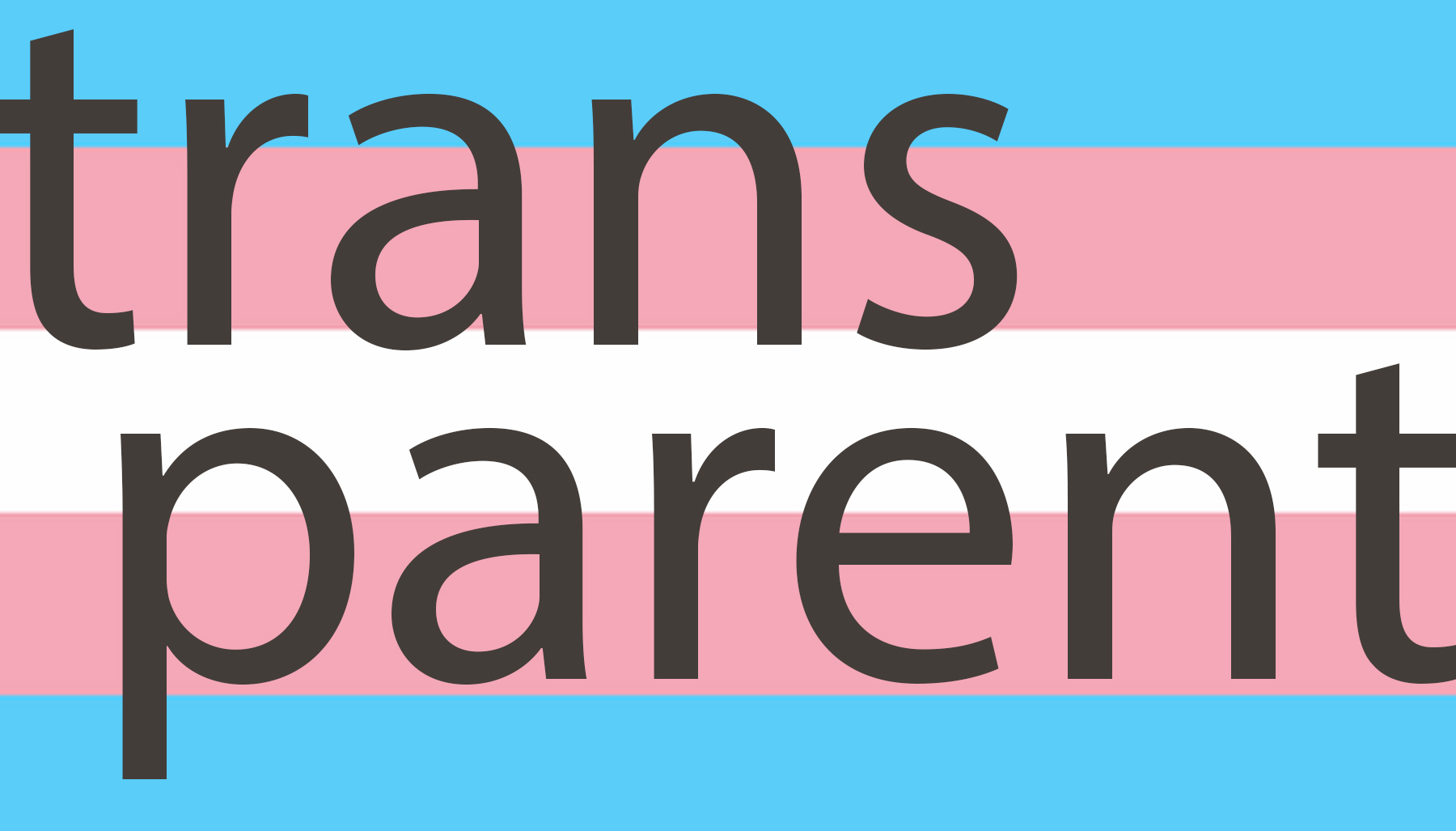
Start with subtitles
By: Samuel Smith, Columnist
Subtitles, or closed captioning, are a great invention. Whether you’re hard of hearing, learned English as a second (or third) language, have sensory processing disorder, or you simply learn better reading, subtitles are amazing. Why aren’t they used more often?
Think about glasses, a fairly recent invention. Before glasses and contacts, many people struggled in day to day life. If you live with glasses, imagine living without them, and all the things you’d be unable to do. Nowadays though, the world is accommodated for people with glasses. Glasses have become fashionable, sometimes even a statement piece. But subtitles only become apparent when a student in the room is registered with Disability Support Services (DSS) and is considered in need of subtitles. While registering with DSS isn’t difficult, it still takes time.
Here’s an idea: use subtitles in class, automatically. Subtitles and closed captioning should be automatically used in every video a class is using. Not only will this assist students with disabilities, it will assist others too.
Imagine a world where subtitles are considered normal. Where movie theaters, schools, and offices use subtitles automatically. Imagine if all videos shown in class included subtitles. Imagine how great that would be for subtitles to be normalized.
Now imagine this for every disability. Imagine there being ramps where there are stairs everywhere, spaces large enough to accommodate wheelchairs or medical devices, more access to celiac-friendly food, or spaces for neurodivergent people to decompress if overstimulated. Imagine how much better of a world it’d be. You may not notice a difference, but to those of us with disabilities, it makes all the difference in the world. But let’s start with something simple and easy to implement – subtitles.

